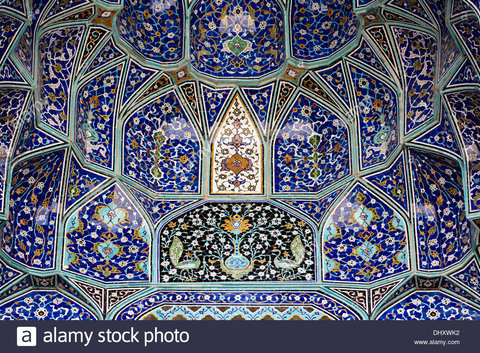IMNA English Desk reports: The oldest samples of tile work are glazed bricks found in Chogha Zanbil Temple in the ancient Susa Plain (Today’s Khuzestan) from the mid Elamite era (6th century BCE) depicting especial everlasting guards and other common Achaemenid patterns with the ultimate delicacy and beauty.
Unfortunately, this art declined during the Arsacids, who used glazed bricks to cover coffins. But fortunately, during the Sassanids, tiles, even inlaid tiles, became very popular and were used in their buildings, especially the Bishapur Palace and the Ctesiphon Palace.
The designs consisted of women playing the harp, weaving something or carrying flowers, showing the delicacy of the work and the variety of colors used during the Sassanids.

Gradually, with tile work becoming common as decoration, its technology made more process, i.e. the geometric designs were mixed with floral designs and transparent colors were also added.

The centers of tile making were Isfahan, Kashan, Yazd, and Kerman.
Extracted from book “Esfahan, the never-ending Splendour” by Mansour Ghasemi.
IMNA English Service


Your Comment